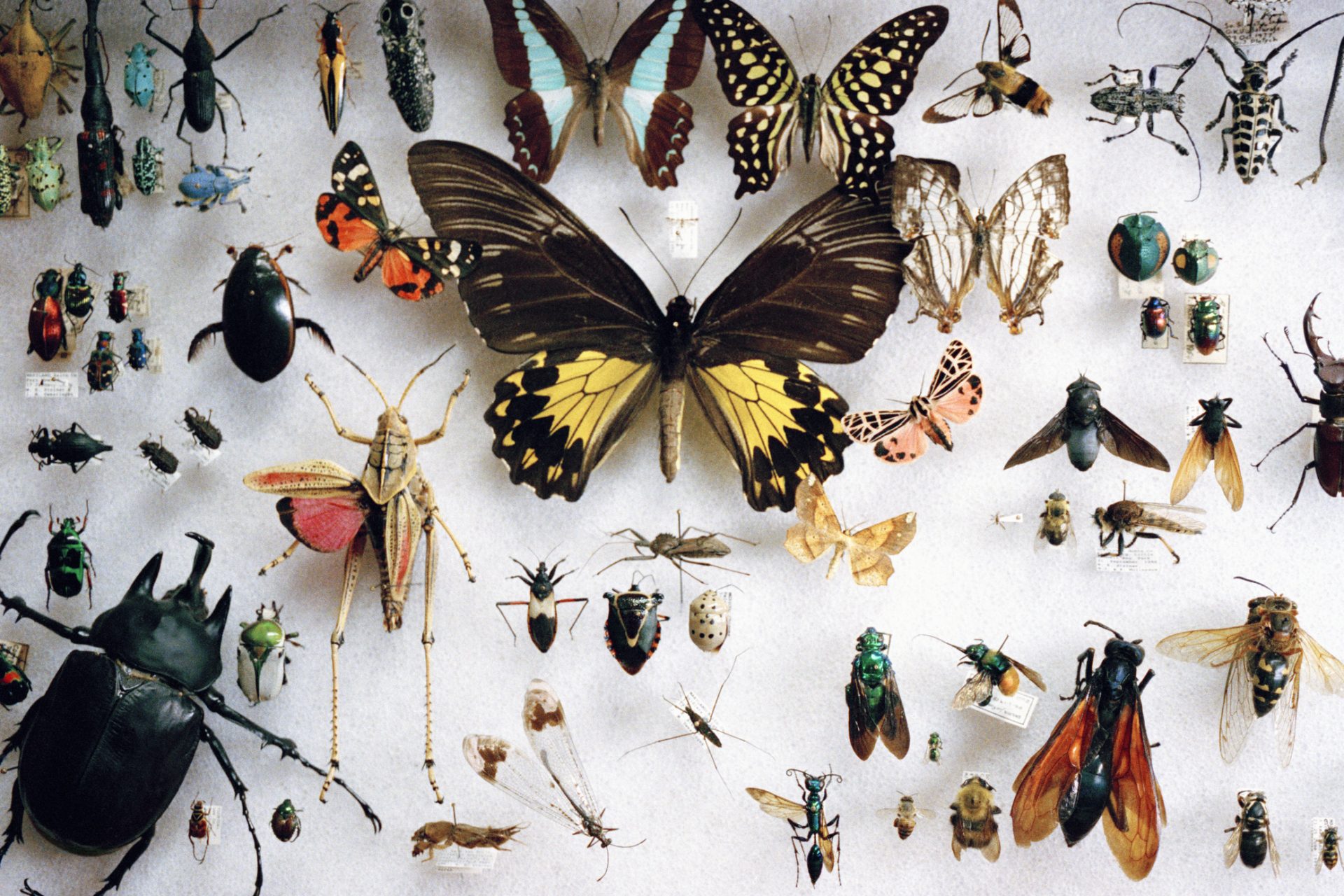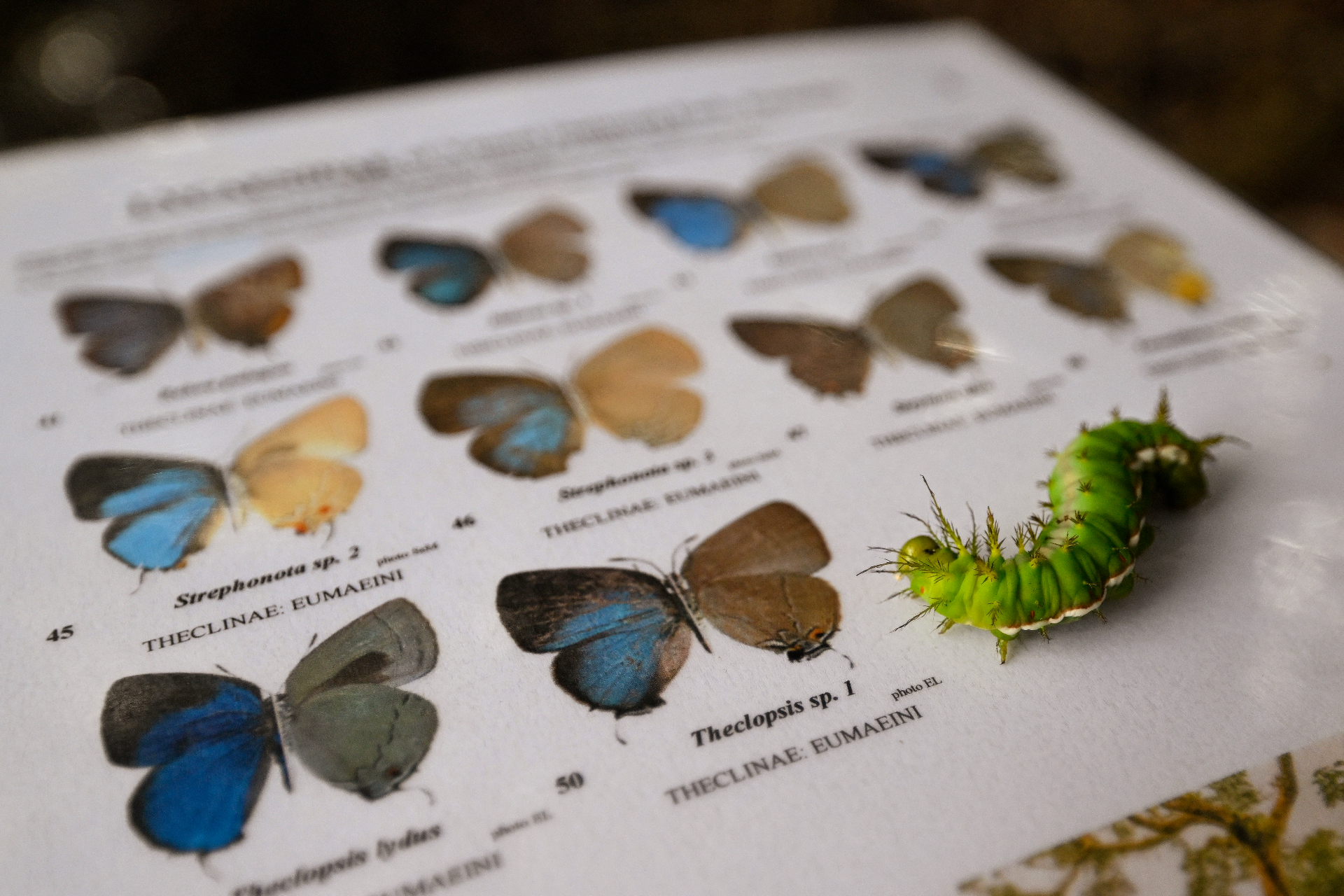An evolutionary wonder was discovered in the Amazon rainforest
The Amazon is a rich source of new discoveries for scientists, however a recent discovery really blew the socks off the scientific community.
Scientists have discovered that a butterfly species might have resulted from the mixture of two different species. The discovery was called an "evolutionary holy grail" by National Geographic.
The team published its findings in Nature after studying an Amazonian butterfly called Heliconius Elevatus. They confirmed that 1% of the species comes from another one with a different evolutionary branch.
According to National Geographic, the researchers, led by a Harvard expert, were tipped off by the distinct pattern in the Heliconius Elevatus wings. It differs in shape from the pattern of its closest relatives.
Image: Didier Descouens / Wikimedia Commons CC-BY-SA 4.0
According to PopSci, the species studied by the researchers has a verticle orange and black pattern, or mimicry ring, while its close relatives (pictured) have a horizontal one.
Image: desertnaturalist / Wikimedia Commons CC BY 4.0
One of the authors, James Mallet, told National Geographic that he had seen the distinct pattern and suspected hybridization 20 years ago. Still, the technology they needed to confirm that was not available.
As reported by PopSci, the team used whole-genome sequencing to detect the DNA of the distant relative in the Heliconius Elevatus genetic code.
The researchers told National Geographic that, despite having only 1% of the distant relative's DNA, their butterfly had "genetic islands" exclusive to that code—particularly the ones responsible for their wing pattern.
Still, one of the authors told the magazine that they are not ready to change the butterfly evolutionary tree just yet. They expect to find further confirmation.
All the authors who spoke with the outlet believe there are more cases of mixed species, or hybridization, in butterflies. Science must investigate this possibility further.
The discovery is significant because researchers have theorized about species hybridization as a means of evolution for decades. Still, nobody has found the genetic evidence to back it up until now.
Other examples of living individuals result from the mixture of two different species. The mule, a crossbreeding between a horse and a donkey, is the perfect one.
However, the mule's inability to reproduce disqualifies it as a species. Hybridization theorized the evolution of a fully functional species like Heliconius Elevatus capable of producing offspring.
According to Earth.com, the discovery could forever change the shape we give evolution: trees with distinctive branches. The most crucial biological theory would take a very different image.
More for you
Top Stories

























